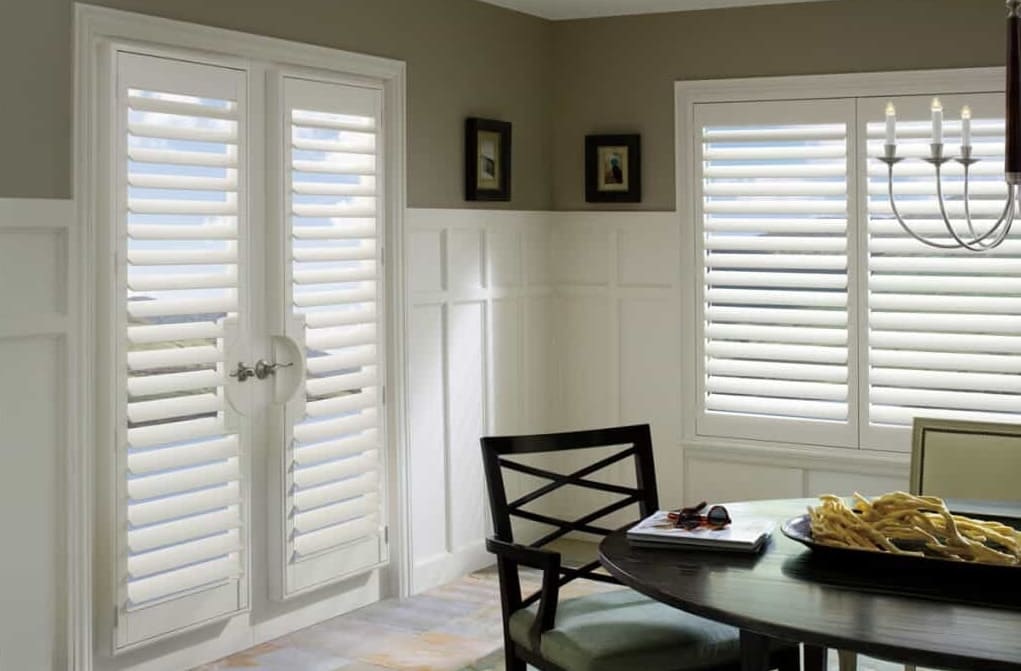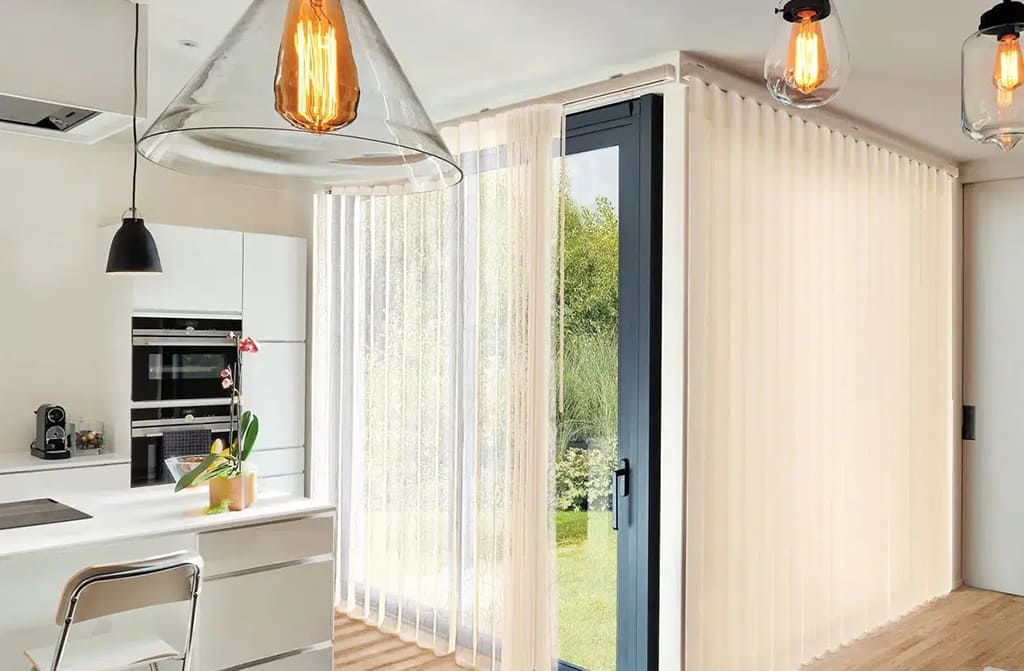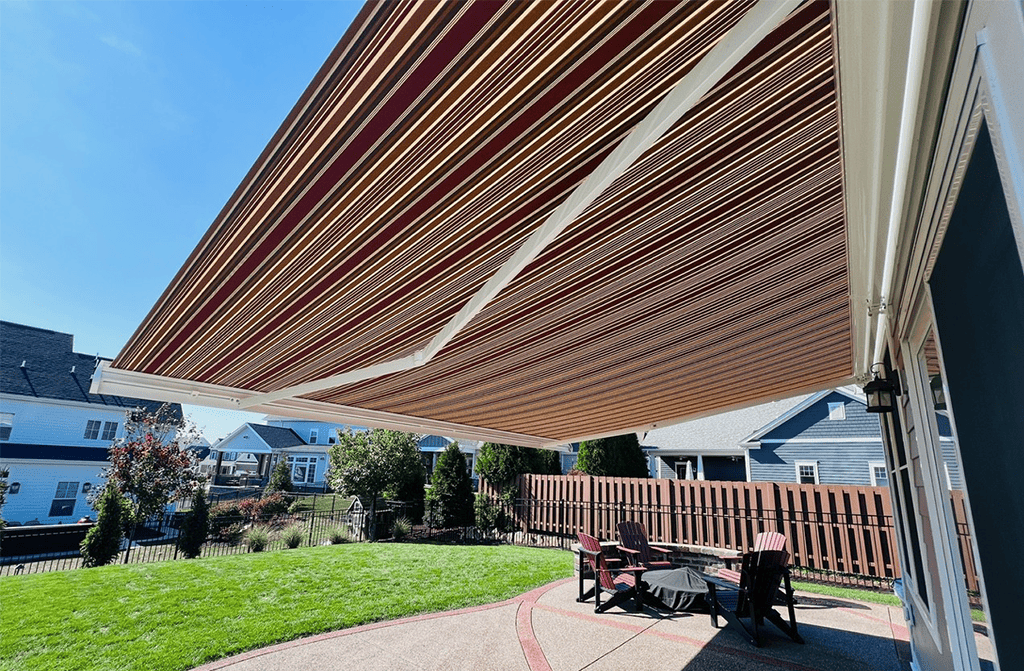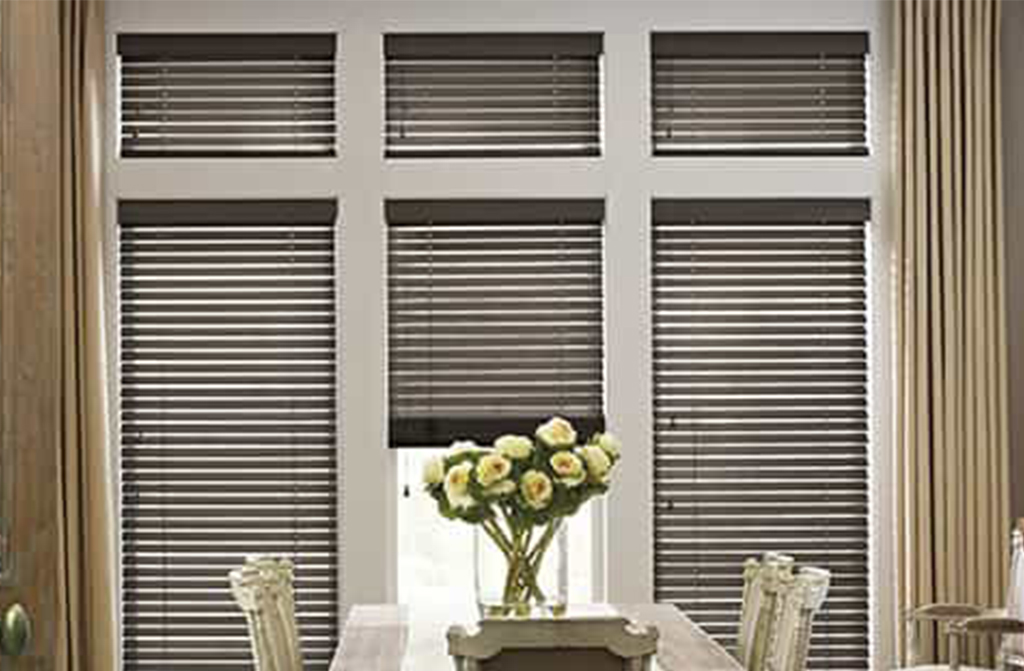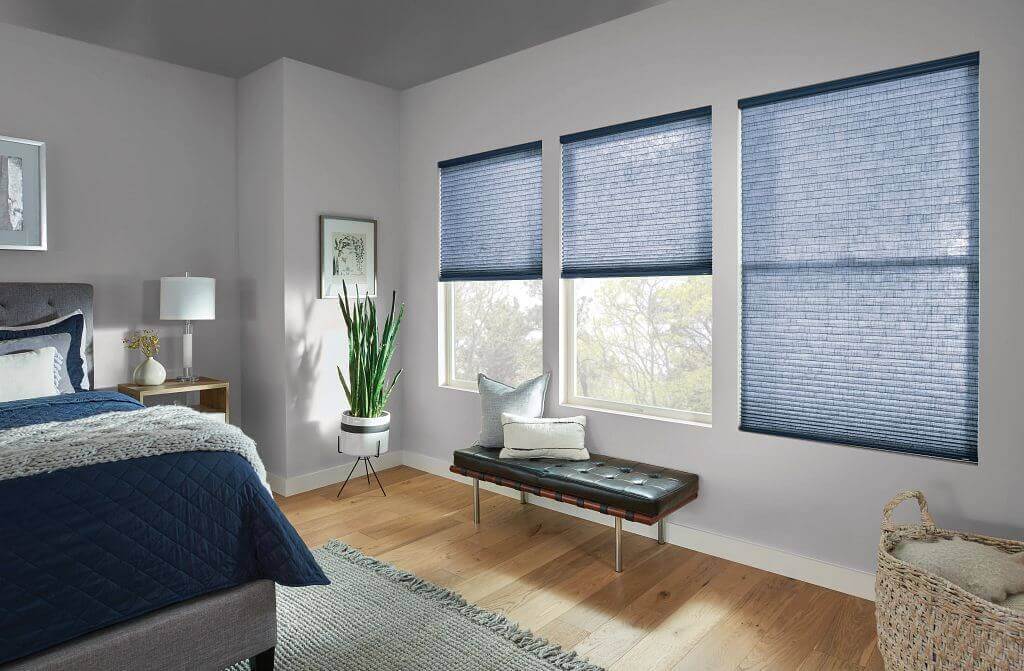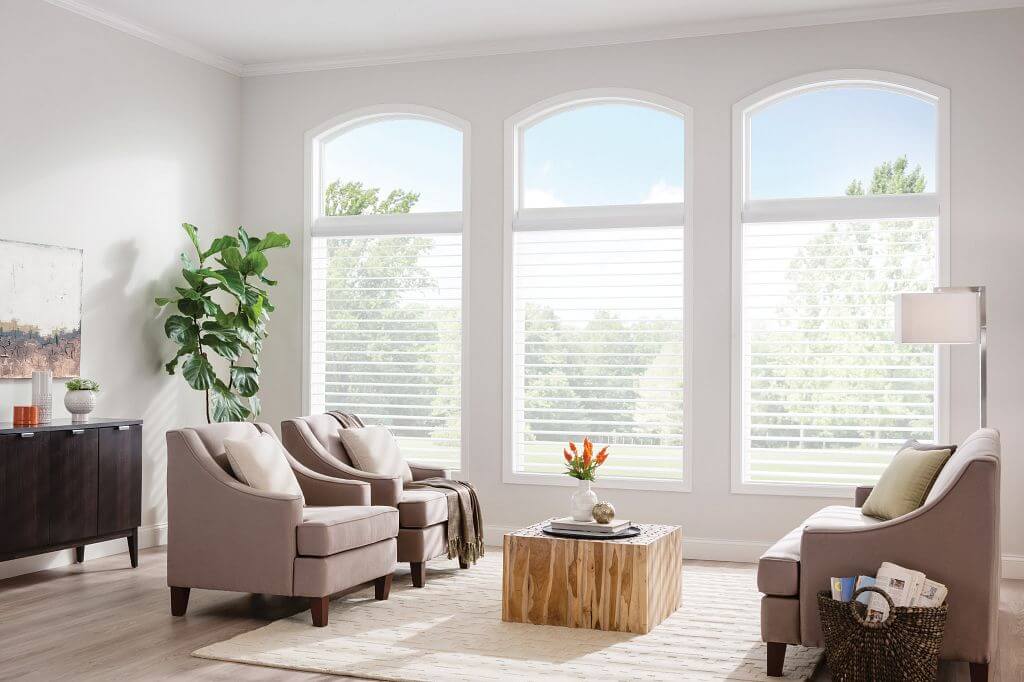When it comes to choosing window treatments, the debate between natural wood blinds and faux wood blinds often arises. Each option brings its own set of advantages and considerations, leaving homeowners pondering which is the ideal choice.
In this blog, we’ll delve into the benefits of both natural wood and faux wood blinds, exploring their differences, similarities, and which one might suit your needs best. From their aesthetic appeal to their functionality and durability, we’ll dissect the intricacies of these popular window treatments. By the end, you’ll have a clearer understanding of whether natural wood or faux wood blinds are the perfect fit for you.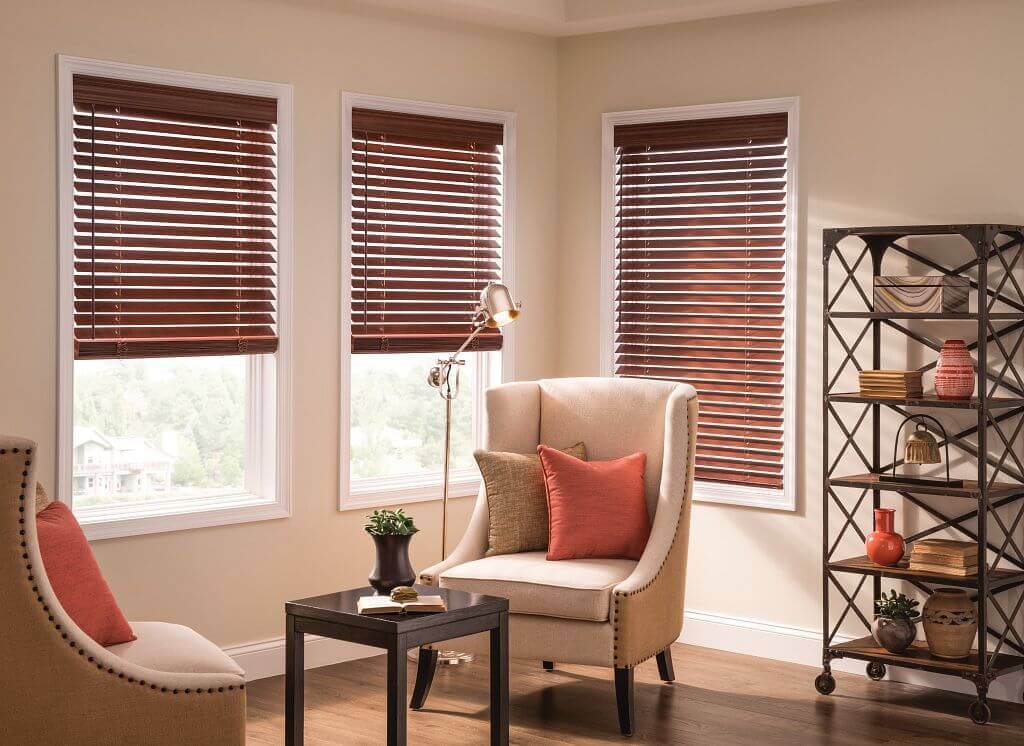
The Benefits of Natural Wood
Natural wood blinds offer a timeless appeal that is difficult to emulate. Their authentic texture, grain patterns, and warm hues infuse spaces with a sense of natural beauty and sophistication.
Unlike their synthetic counterparts, natural wood blinds bring a genuine connection to the outdoors, evoking a cozy, rustic ambiance. Additionally, they boast eco-friendly credentials, being sourced from sustainable forests. Their durability and ability to withstand the test of time further enhance their appeal, providing long-lasting elegance to any room.
Ultimately, choosing natural wood blinds is not just a design decision but a commitment to authenticity, sustainability, and enduring style.
Where Faux Wood Shines
Faux wood blinds offer practical advantages over natural wood blinds, making them a preferred choice for many. Their synthetic composition makes them resistant to moisture, making them ideal for humid environments like kitchens and bathrooms where natural wood may warp or swell.
Additionally, faux wood blinds are often more affordable, making them an attractive option for budget-conscious consumers. Their easy maintenance and resistance to fading or discoloration further add to their appeal, ensuring long-lasting beauty with minimal upkeep.
Faux wood blinds provide a versatile aesthetic, seamlessly blending with various décor styles while offering the look of real wood without the associated maintenance concerns.
What They Both Offer
Natural wood blinds and faux wood blinds share several similarities, particularly in their functionality and versatility as window treatments.
Both options offer effective light control and privacy, allowing homeowners to adjust the slats to their preference. Additionally, they come in a wide range of colors and finishes, enabling seamless integration with diverse interior design schemes. Furthermore, both natural wood and faux wood blinds provide insulation benefits, helping to regulate room temperature and energy efficiency.
While natural wood exudes authentic charm, faux wood impresses with its durability and moisture resistance, ensuring that regardless of choice, these blinds enhance both aesthetics and functionality.
Find Your Perfect Blind at Bloomin’ Blinds of Birmingham
Ultimately, the choice between natural wood blinds and faux wood blinds boils down to your specific needs and preferences.
Natural wood offers timeless charm, authenticity, and eco-friendliness, while faux wood provides practicality, affordability, and durability. Both options offer effective light control, versatility in design, and insulation benefits.
Whether you’re drawn to the rustic elegance of natural wood or the practical advantages of faux wood, Bloomin’ Blinds of Birmingham can help you customize the perfect blinds for your home. Don’t wait any longer—visit us today to find the ideal window treatments that suit your style and functionality needs.
![]()
